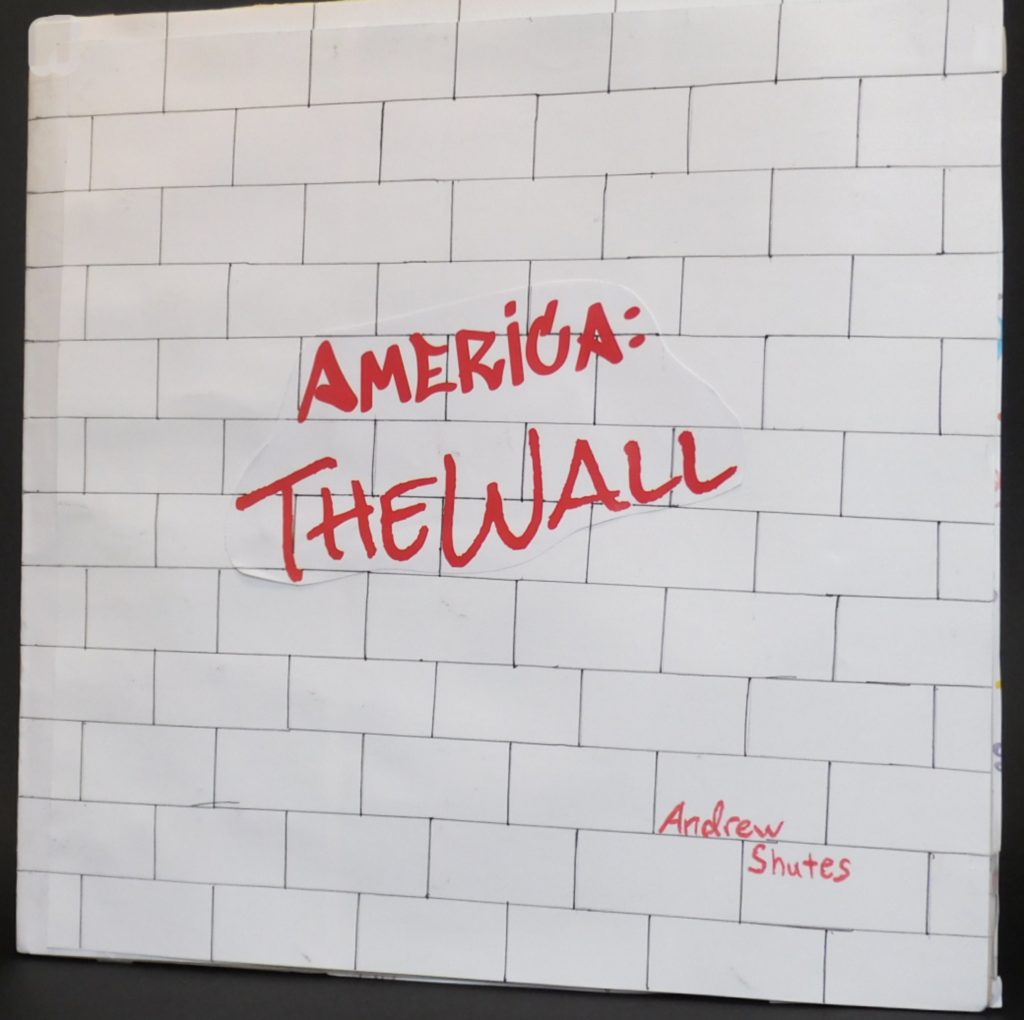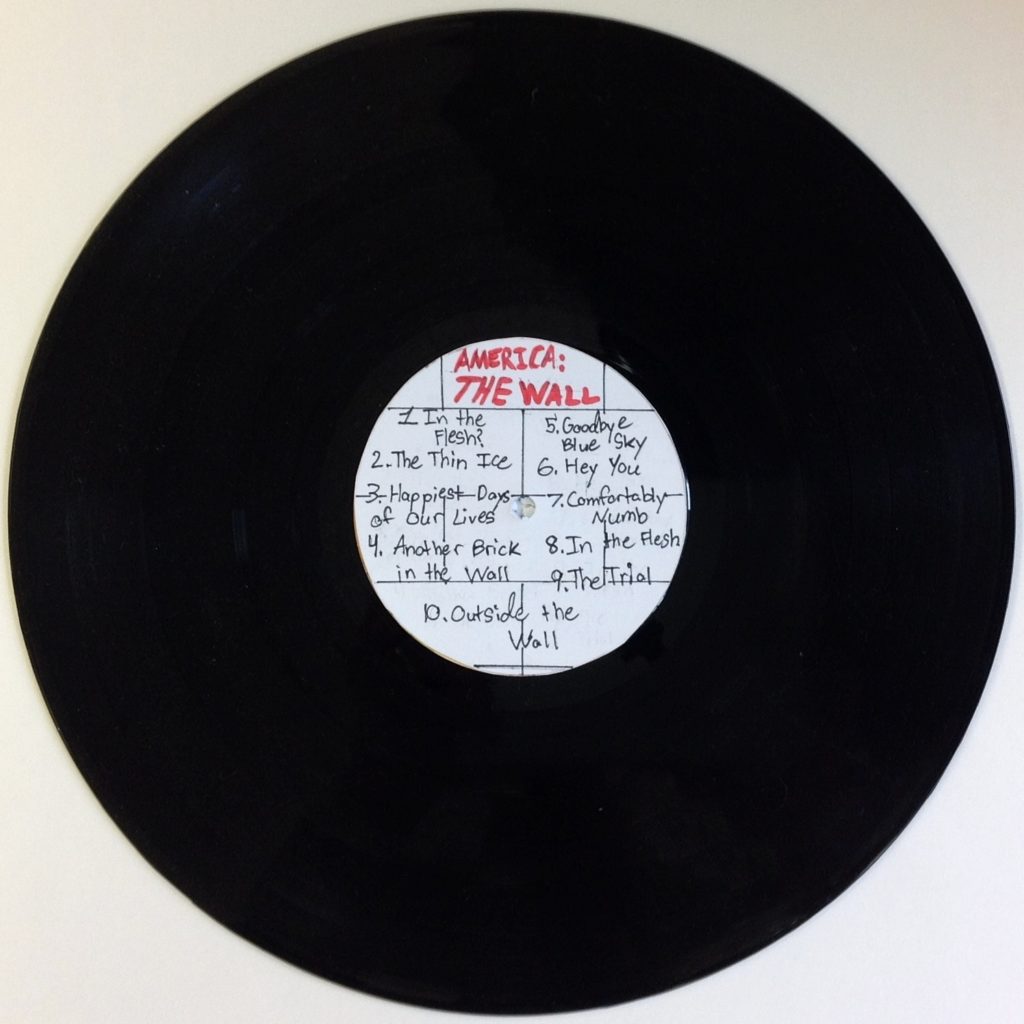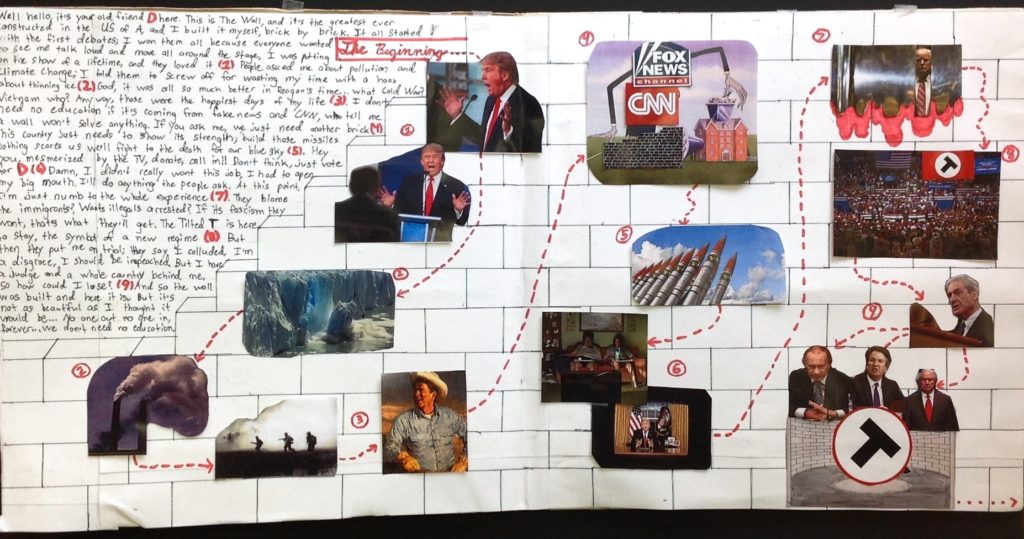When trying to conceptualize this project, I began by thinking of the ways in which the material object, has evolved to the digital format and what affect this evolution has had on culture. Microcosms of this concept can be seen in literature, with the book transitioning from the object to the digital, but the specific area that I found myself gravitating towards was the creation of music and how it evolves over time. For this project, a big inspiration was how the methods of consuming music have changed over the past few decades; from vinyl record LPs, to CDs, to the invention of Itunes and Spotify, the ways in which the average listener experiences music has evolved significantly. The question that arises is whether the music itself and its meaning is affected both by this evolution and an ever changing socio-political landscape.
I thought it would be best to compare these changes in musical media with the changes in our culture and society. How do the modern events of our lifetimes map on to the messages, themes, and material objects of music made in a different time and place. Forty years ago, Pink Floyd released their album, The Wall, to critical and commercial success. Success that was widespread across multiple media platforms and multiple layers of meaning. With progression in mind, my intent with this project was to utilize this concept of transition, not just from media to media, but between different cultural periods and their correlation to the music produced alongside them. To explore how the abstract notions of thought, conflict, and emotion can transcend into a physical reality. Just as political ideology, rhetoric, and emotion transcend into actions that seriously impact our culture and modern society. So what better parallel for this book (or should I say album) than that of Pink Floyd’s mental wall of isolation to the wall being built between the left and right side of the political spectrum, and how long until this abstract concept of polarization manifests itself into the physical wall of isolation that many want built on the US border.
The artist book itself has been created on a vinyl album to highlight the physicality music once had; you owned a solid, real object containing the music. In order to listen to the album’s content you had to ceremoniously unsheathe the record from the sleeve and release its melodies with a record player and needle. In addition there will be artwork and liner notes on the album just as there was with the original work. The liner notes will tell the story, and the artwork will visually represent it. Finally, my intention with the digital page for this book was to give the viewer a chance to also be a listener; they will able to compare and contrast the original music and lyrics of Pink Floyd’s The Wall with the re-imagined lyrics I have put forth.
Has the cautionary tale of Pink Floyd’s The Wall gone unheeded? In the late seventies, the titular wall was an embodiment of the dangers of isolation and a warning against the way we cut ourselves off from reality in times of turmoil. But how do we interpret Pink Floyd’s music and its material forms now, in the modern United States, where walls are seen by many as the ultimate solution. In this project, I’ve tried to answer just that through the visual album art, liner notes, altered lyrics, and an online Spotify playlist to juxtapose the original format with the new. Essentially, I want people to see, hear, and think about both modern events and the original album in a new light that involves modern issues. I chose this medium because I feel that music is a truly important and accurate reflection of our culture, so to understand our culture today, we need to stop and consider the music and culture of yesterday.
To view the digital content of “America: The Wall,” click on this hyperlink.



